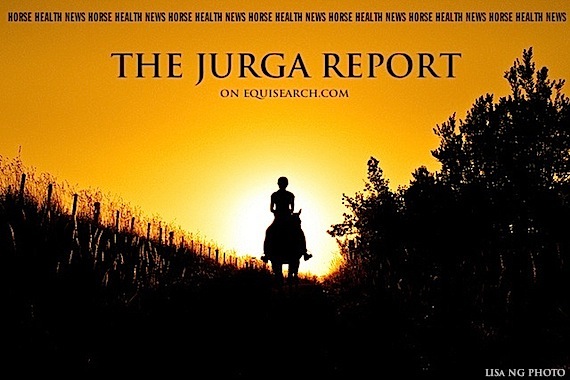EHV-1 Quarantine on Boarding Farm in North Carolina as Horses Test Positive for Virus
- March 10, 2017
- ⎯ Fran Jurga

Horses at a boarding facility in central North Carolina have been confirmed to have the neurologic form of EHV-1. This facility has had little movement of horses on or off the farm. Our veterinarians are working closely with the practicing veterinarian and the farm owner. The premises has been quarantined and strict biosecurity measures have been in place since December 23.
All animals are having temperatures monitored twice a day, and no horses have had fevers or other clinical signs since Friday, Dec. 27, 2013, the first day there were confirmed lab results from the National Veterinary Services Laboratory. The quarantine will be held for 28 days after the last fever is recorded.
Additional investigation found that five horses were moved from the stable in the last four weeks and have been tracked to four locations in North Carolina where their health status is being monitored. All known exposed horses have been accounted for, are not showing clinical signs and have not been moved. No additional horses have been moved from any of the known sites.
At this point, we believe this is an isolated incident with low-risk to other horses. However, we do encourage horse owners to practice good biosecurity measures as a precaution. EHV-1 is not a reportable disease to the Office of the State Veterinarian under state law, however the office appreciates being made aware of suspicious cases and will offer help in controlling the disease. The last known case in North Carolina was in January 2012.
ResourcesEHV-1 Overview (University of California, Davis, School of Veterinary Medicine)
EHV/EHM Brochure for Horse Owners – PDF (USDA-APHIS)
AAEP EHV Biosecurity Guidelines
Note: According to an article in North Carolina’s News Observer newspaper’s web site, and the local ABC television affiliate, the affected stable is located near Raleigh and four horses were euthanized last month. More details may be seen on news video here. Those details are not confirmed by the state. North Carolina was previously affected by EHV in January 2012.





